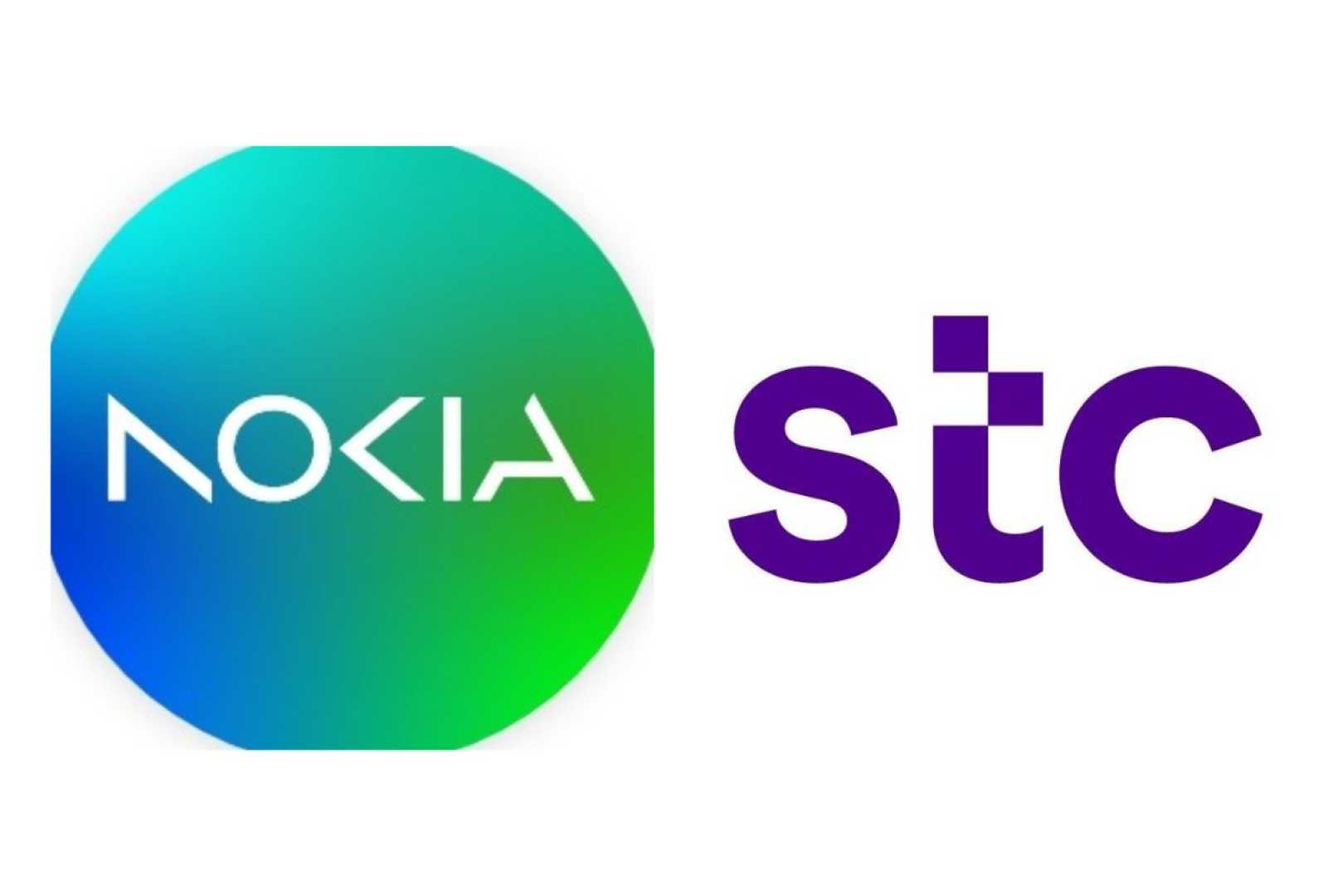Business
Nokia’s AI Strategy Transforms Telecommunications Amid Market Volatility

HELSINKI, Finland — On February 13, 2025, Nokia Oyj is shifting perceptions in the telecommunications industry by actively integrating artificial intelligence (AI) into its 5G networks. This strategic move comes against a backdrop of fluctuating market conditions, as reflected in the recent decline of the S&P 500 index.
Nokia is not merely adapting to the tech-driven landscape; it is leveraging AI to enhance network performance and improve customer experience. Its collaboration with Ooredoo Qatar exemplifies this approach, utilizing machine learning and network slicing to redefine connectivity standards.
“Nokia’s commitment to harnessing AI marks a pivotal evolution in telecommunications, ensuring that we remain at the forefront of technological advancement,” said a senior engineer at Nokia. “We are focused on optimizing our systems to serve customers better as network demands increase globally.”
This strategic initiative positions Nokia significantly within the AI market, ranking it among the top companies attracting investor interest. Experts suggest that as AI becomes deeply integrated into telecommunications, Nokia’s capabilities could translate into competitive advantages, especially as many Chinese firms work to incorporate AI to navigate U.S. hardware restrictions.
The global AI market is projected to expand rapidly, estimated to grow at a compound annual growth rate (CAGR) exceeding 42% from 2021 to 2026. As telecom operators pursue more automated and customer-centric services, the push for AI-enhanced solutions becomes ever more relevant.
To help telecom companies mirror Nokia’s success, here are essential steps:
-
Assess Network Capabilities: Conduct a thorough evaluation of existing infrastructure to identify AI enhancement opportunities.
-
Implement Machine Learning Algorithms: Utilize AI to monitor networks and predict maintenance needs, minimizing downtime.
-
Adopt Network Slicing: Create custom virtual networks tailored to specific applications, improving service delivery.
-
Form Strategic Partnerships: Collaborate with technology leaders similar to Nokia’s partnership with Ooredoo to leverage shared innovations.
-
Invest in Continuous Upgradation: Regularly update hardware and software to support advanced AI features.
Nokia’s AI integration has shown remarkable outcomes. For instance, real-world applications include enhanced mobile experiences with stable connections and improved bandwidth management, supporting smart city initiatives through better resource management, and transformative healthcare solutions enabling real-time data streaming for telemedicine.
Potential obstacles lie ahead, including navigating regulatory landscapes and addressing data privacy concerns in an era of heightened data processing capabilities. A strong emphasis on security measures will be paramount.
Moreover, the competition is intense; Nokia’s rivals, including Huawei and Ericsson, are equally committed to enhancing their AI capabilities. While Huawei invests heavily in research and development for AI technologies, Ericsson boasts significant global reach and diverse solutions tailored to various telecom needs.
Nokia stands out for its innovative partnerships and strategic direction in AI-driven 5G networks. As demand for seamless connectivity continues to rise, Nokia’s approach could not only ensure its survival in a competitive market but also establish it as a leader in the field.
Industry experts predict a sustained upward trend for Nokia as it commits to AI-integrated telecommunications, suggesting ongoing collaborations and expansions worldwide. For more insights about Nokia and its technological endeavors, visit their official website.












